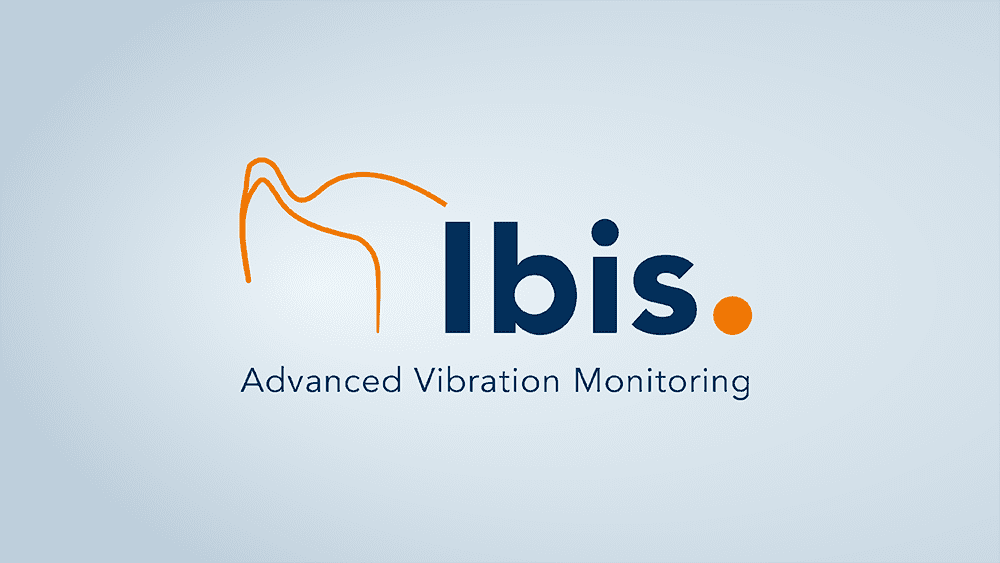Glossary » Unbalance
U like unbalance
Unbalance
What is an unbalance?
An unbalance occurs when the Centre of gravity of a rotating body is not exactly on the axis of rotation. This means that the distribution of the masses is not symmetrical, which leads to a disturbance of the rotation. The uneven distribution of the masses leads to vibrations and oscillations.
There are different types of imbalances:
Static unbalance
Static unbalance is a special case of dynamic unbalance. A characteristic of a static unbalance is that the plane of the unbalance lies on the radial plane of the centre of gravity and thus only takes place on one plane. Thus, circular mechanical vibrations are generated at right angles to the axis of rotation during rotation. This unbalance is effective even without rotation.
Dynamic unbalance
With dynamic unbalance the centre of gravity of the rotating body shifts during rotation. The also mentioned moment imbalance occurs when the axis of rotation does not coincide with one of the stable principal axes of inertia of the component and is thus caused to vibrate.
Challenges due to unbalances
Imbalances can cause significant problems, especially in rotating machinery such as motors, generators or turbines. They can lead to vibrations, increased wear, reduced component life and even damage. To correct imbalances, special balancing procedures and methods are used to bring the centre of gravity of the rotating body back onto the axis of rotation.
Eliminate unbalances - with our mobile balancing service!
Eliminate your imbalances and make your machines run smoothly again.
Elimination of unbalance
For highly accurate and precise machines and components, there are various ways to eliminate unbalance:
Balancing
Imbalances are often caused by an asymmetrical distribution of weight. The Balancing is usually done with the help of weights placed on the opposite side of the unbalance to restore balance.
Repositioning
Sometimes the unbalance can be corrected by simply rotating or moving the affected rotating object. By changing the position, the weight distribution can be balanced and the unbalance minimised.
Correction of alignment and assembly
In some cases, the imbalance may be due to the components or parts not being properly aligned or fixed. By correct Alignment and special assemblies the imbalance can be corrected.
Repair or replacement of damaged parts
If the imbalance is caused by damaged or worn parts, they may need to be repaired or replaced to restore balance. Some imbalances may require machining of the materials to achieve even weight distribution. This can be done by cutting, milling or grinding, for example.
